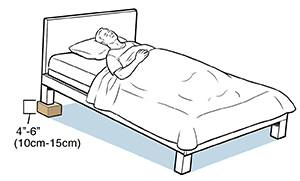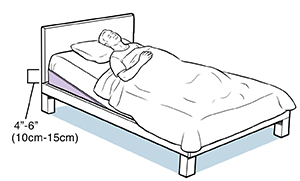To control acid reflux, you’ll need to make some basic diet and lifestyle changes. The simple steps outlined below may be all you’ll need to ease discomfort.
Watch what you eat
-
Don't eat fatty or spicy foods.
-
Eat fewer acidic foods. These include foods with citrus and tomatoes. These can make your symptoms worse.
-
Limit drinks that are fizzy or have alcohol or caffeine. These all increase acid reflux.
-
Limit foods and drinks with chocolate, peppermint, or spearmint. These can make acid reflux worse in some people.
Watch when you eat
-
Don't lie down for 3 hours after eating.
-
Don't snack before going to bed.
Tilt your upper body
Raise your upper body by 4 to 6 inches (10 to 15 cm) when you’re lying down. This helps limit reflux. Put blocks under the head of your bed frame or a wedge under your mattress to raise it.
Other changes
-
Lose weight, if you need to.
-
Don’t exercise near bedtime.
-
Don't wear tight-fitting clothes.
-
Limit your use of aspirin and ibuprofen.
-
Stop smoking, if you smoke.



